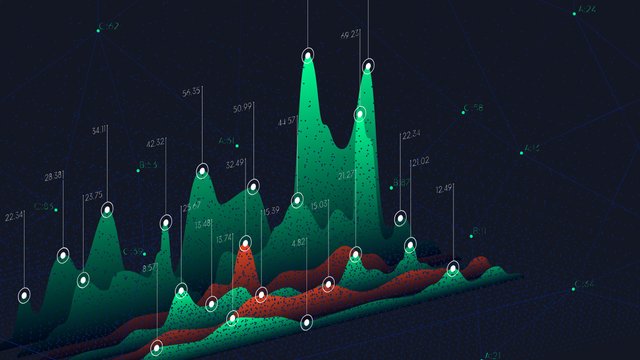
May got off to a rough start as the Federal Reserve confirmed a hawkish bias on the back of lingering inflation. Markets reacted by going risk-off.
The collapse of LUNA and UST added fuel to the fire, with the result that crypto markets saw historically large drawdowns.
BTC reached a low of $25.4k USD, which is 60% off its all-time high of $65k. ETH saw a comparable drawdown.
Other large-cap coins fared even worse, with AVAX and SOL being down over 75% and 80% respectively from their all-time highs.
During the first week of the month, gaming (play-to-earn) saw the worst performance across crypto sectors, followed by top assets (large caps) with losses of 9.6%, and Web3, which was down 8.9%.
Macro Recap: Quantitative Tightening (QT) Is Here to Stay
As expected by the market, on May 3rd the Federal Reserve announced that it had voted for a rate hike of 50 basis points to the funds rate. This announcement was on the back of “robust” job gains and a decrease in unemployment, which has led to increases in inflation. There was also the reduction of the balance sheet, starting from $47B per month to up to $95B per month after the first three months. According to the Federal Reserve’s later statements, System Open Market Account (SOMA) will reduce its holdings of U.S. agency debt and U.S. agency mortgage-backed securities (MBS).
The narrative was focused on uncertainties regarding the macro environment, as Russia’s invasion of Ukraine intensifies and supply-chain issues in China contribute to lackluster growth globally.
CPI data provided no relief, as it marked 8.3% for the month of April, beating expectations by 20 basis points. April’s numbers were down only slightly from the 40-year high of 8.5% reached in March.
Market Structure: Decrease in Flows and Long-Term Holders Continuing Capitulation
As macro conditions seem to worsen, we take a look at on-chain metrics to better understand price action with the aim of providing a clear view on what could come next. There are two areas we will focus on. These are 1) decrease of profitability by long-term holders (and capitulation) and, 2) stablecoin supply/demand.
The graph below is the Long-Term Holder Spent Price vs Cost Basis, which depicts capitulation in the market by Long Term Holders (LTHs). The blue line represents the Long-Term Realized Price, which is the average buying price of all coins that LTHs hold. This is declining, as you can see from the graph, meaning LTHs are selling off their coins. The pink line represents the average purchase price of the coins being spent by LTHs on that day. As you can see, it’s trending higher, meaning that LTHs are selling at break-even on average.